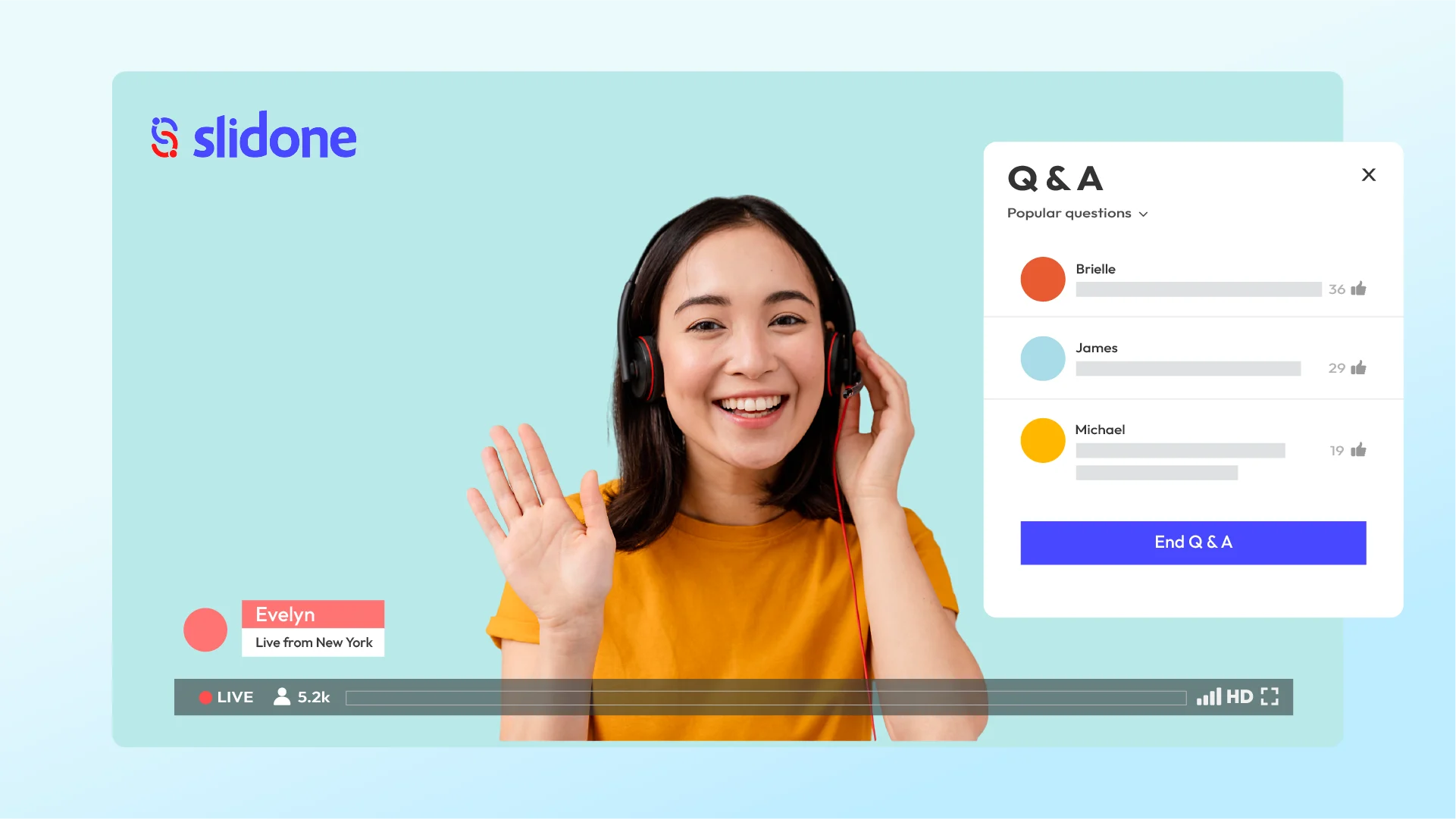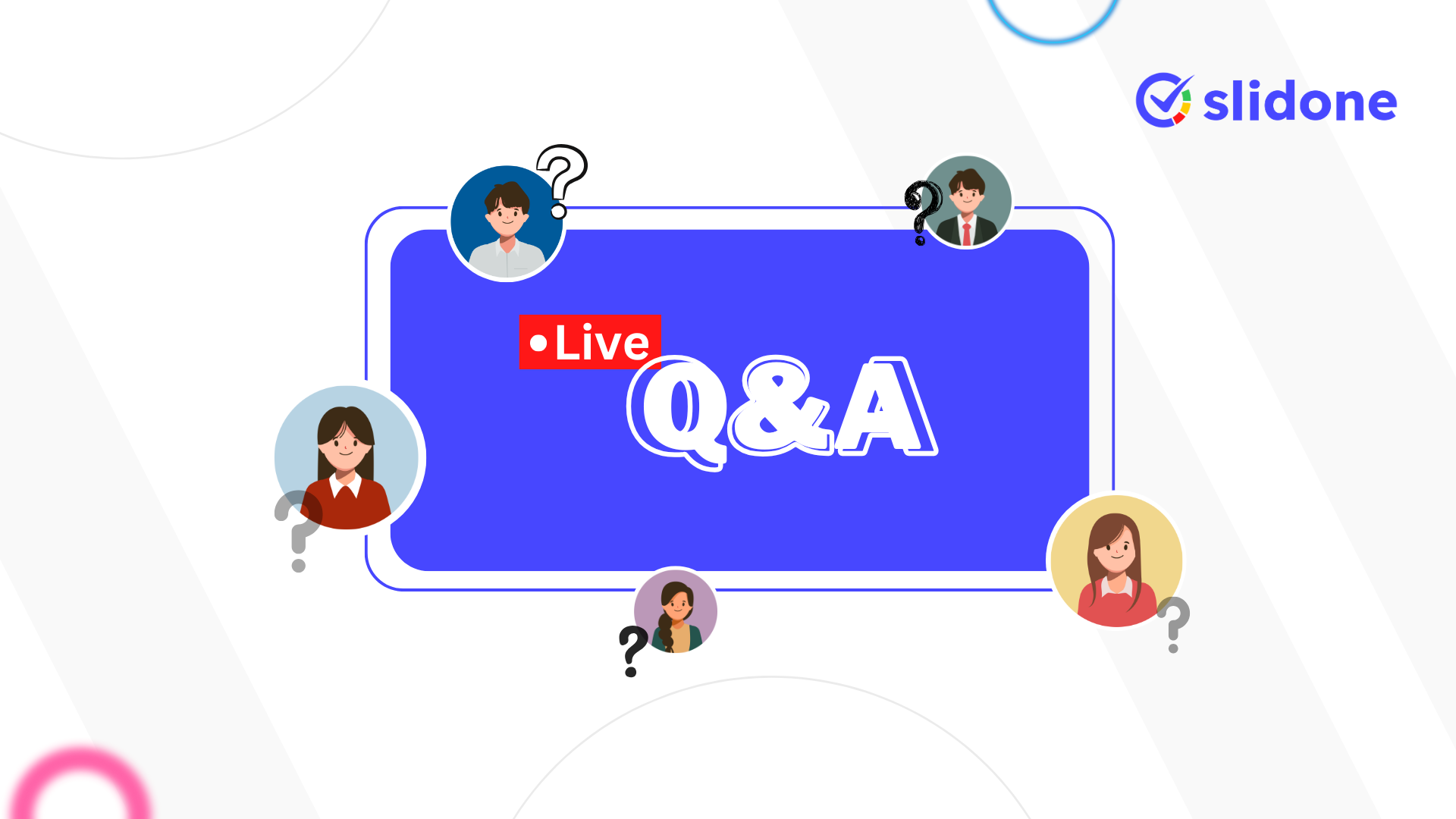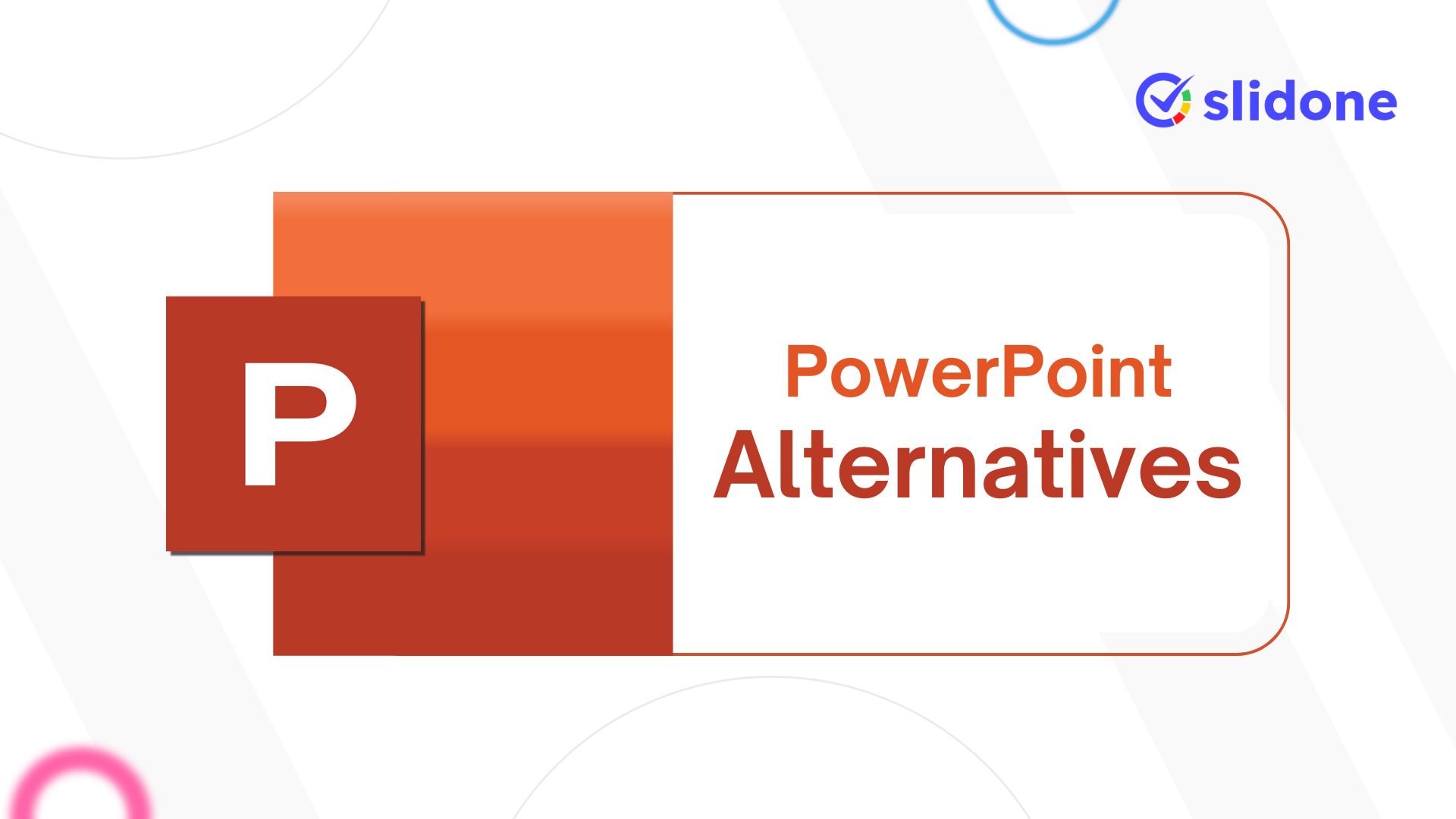Live Q&A sessions are an excellent way to engage with your audience, address their concerns, and provide real-time answers to their questions. Whether you’re hosting a webinar, a live event, or an online meeting, conducting a successful live Q&A session can significantly enhance audience engagement and satisfaction. This blog will guide you through the steps to plan, execute, and follow up on a live Q&A session effectively.
Planning Your Live Q&A Session
Set Clear Objectives
Before you start planning your Q&A session, it’s essential to define your objectives. Understand what you want to achieve from the session. Are you looking to gather feedback, provide insights, or address common concerns? Setting clear goals will help you stay focused and ensure that the session is productive.
Choose the Right Platform
Selecting the right platform is crucial for a successful Q&A session. Ensure the platform you choose supports live interactions and can handle the number of participants you expect. Some popular platforms include Zoom, Microsoft Teams, Google Meet, and specialized Q&A tools like Slidone and Mentimeter.
Schedule at the Right Time
Choose a time that works best for your audience. Consider time zones if you have a global audience. Scheduling your session at a convenient time will ensure maximum participation.
Promote Your Q&A Session
Promote your session well in advance to generate interest and ensure good attendance. Use email newsletters, social media, and your website to inform your audience about the upcoming session. Provide details like the date, time, platform, and how they can participate.
Read More: To Know About What is Interactive Quizzes And Why They Are Fun
Preparing for the Q&A Session
Gather Questions in Advance
To ensure a smooth flow during the session, gather questions in advance. You can use email, social media, or a form on your website to collect interactive questions. This allows you to prepare well-thought-out answers and manage time effectively during the live session.
Prepare Your Content
Based on the questions collected, prepare your content. Have key points ready for each question. If necessary, create slides or visual aids to support your answers. Being well-prepared will help you deliver clear and concise responses.
Test Your Equipment
Technical issues can disrupt your session and frustrate your audience. Test your equipment, including your microphone, camera, and internet connection, before the session starts. Ensure that your presentation materials are ready and that you know how to use the platform’s features.
Conducting the Live Q&A Session
Start with a Warm Welcome
Begin your session with a warm welcome to make your audience feel comfortable. Introduce yourself and provide a brief overview of the session’s objectives and agenda. Let your audience know how they can participate and ask questions.
Manage the Flow of Questions
During the session, manage the flow of questions effectively. Start with the pre-collected questions and then move on to live questions from the audience. Use the platform’s features to organize and prioritize questions. Address similar questions together to save time.
Be Clear and Concise
When answering questions, be clear and concise. Avoid jargon and explain complex concepts in simple terms. If a question requires a detailed response, consider providing additional resources or follow-up information after the session.
Engage with the Audience
Engage with your audience throughout the session. Acknowledge their questions, thank them for participating, and encourage interaction. Use polls or quick surveys to keep the audience engaged and gather instant feedback.
Handle Difficult Questions Gracefully
Not all questions will be easy to answer. If you encounter a difficult or unexpected question, stay calm and composed. If you don’t have an answer, it’s okay to admit it and promise to follow up later. Handling difficult questions gracefully will build trust with your audience.
Wrapping Up the Q&A Session
Summarize Key Points
Towards the end of the session, summarize the key points discussed. Highlight the most important questions and answers. This helps reinforce the main takeaways for your audience.
Provide Follow-Up Information
Let your audience know how they can get in touch with you or where they can find additional resources. Provide contact information, links to relevant documents, or upcoming events. This keeps the conversation going and shows your commitment to addressing their needs.
Thank Your Audience
Thank your audience for their participation and engagement. Express your appreciation for their time and interest. A positive closing will leave a lasting impression and encourage them to join future sessions.
Following Up After the Q&A Session
Review the Session
After the session, take some time to review it. Analyse the questions asked, the level of engagement, and any technical issues that occurred. This will help you improve future sessions.
Share a Recording
If you recorded the session, share the recording with your audience. This allows those who missed the live event to catch up and provides a reference for those who attended. Upload the recording to your website, YouTube, or other platforms and share the link via email or social media.
Answer Unanswered Questions
If there were questions you couldn’t address during the live session, follow up with the answers. You can send an email with the answers, post them on your website, or share them on social media. This shows your commitment to providing valuable information and enhances your credibility.
Gather Feedback
Collect feedback from your audience to understand what went well and what could be improved. Use surveys or feedback forms to gather their opinions. Analyse the feedback to make necessary adjustments for future sessions.
Plan Your Next Session
Based on the feedback and your own observations, start planning your next Q&A session. Consider the topics, timing, and improvements needed. Regularly hosting Q&A sessions will keep your audience engaged and establish you as a reliable source of information.
Conclusion
Conducting a successful live Q&A session requires careful planning, preparation, and execution. By setting clear objectives, choosing the right platform, and promoting your session effectively, you can ensure good attendance. Preparing content and testing equipment in advance will help you deliver clear and concise answers. Engaging with your audience and handling questions gracefully will enhance their experience. Following up after the session by reviewing the event, sharing a recording, and gathering feedback will help you improve future sessions. With these steps, you can conduct live Q&A sessions that engage, inform, and satisfy your audience.





Leave a Comment
Your email address will not be published. Required fields are marked *